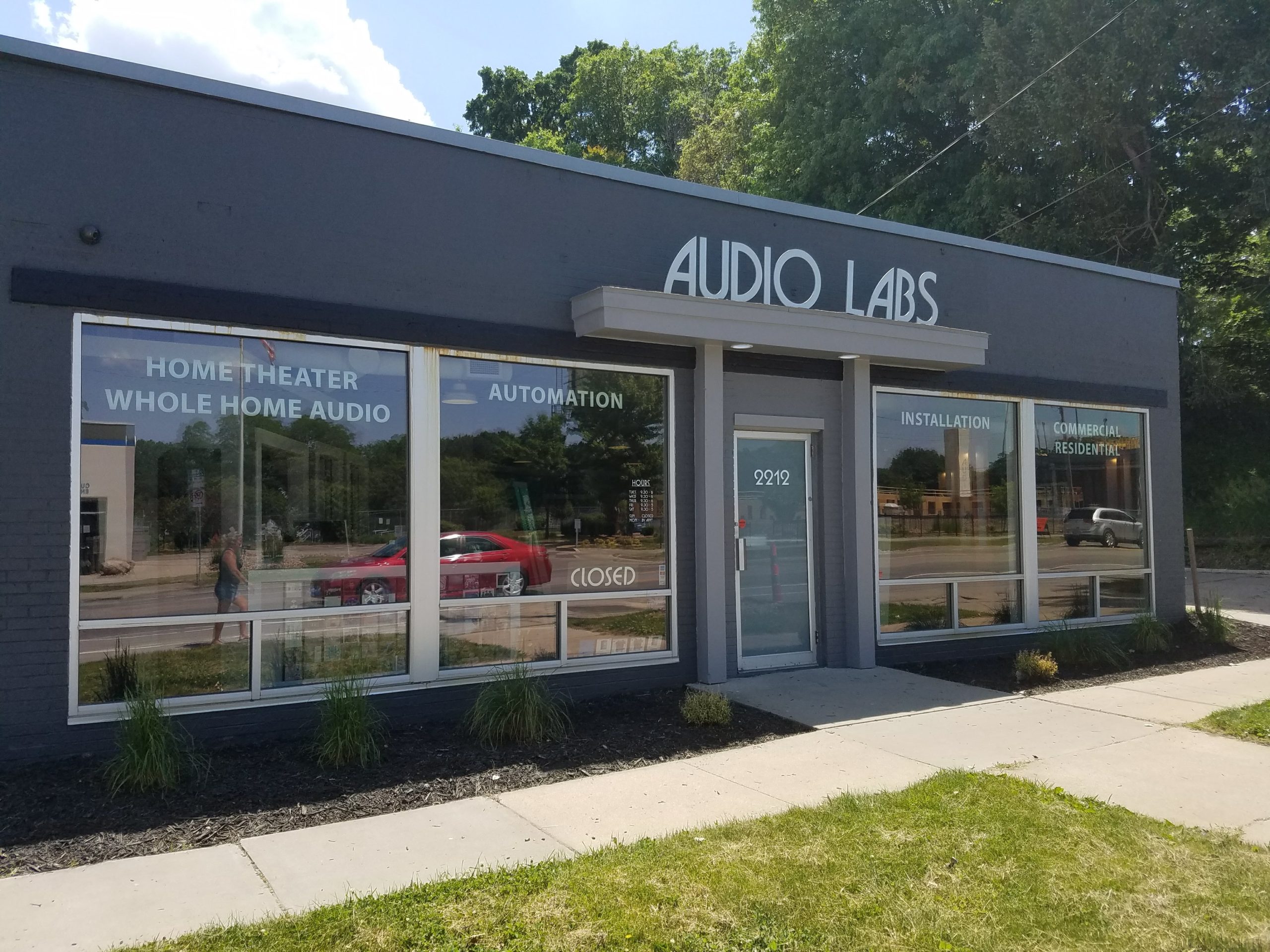Ideal Strategies for Positioning Surveillance Cameras to Enhance Monitoring Effectiveness
Ideal Strategies for Positioning Surveillance Cameras to Enhance Monitoring Effectiveness
Blog Article

Placing surveillance cameras effectively remains essential for enhancing monitoring across various environments, including homes, commercial properties, and community areas. The primary objective of security systems remains to discourage criminal activity while also provide proof in case of events. To achieve this, it becomes essential to take into account several elements, such as surveillance camera placement, field of vision, and the particular areas that require oversight. By understanding these factors, individuals as well as organizations can create a thorough surveillance strategy that optimizes the effectiveness of their security systems.
One of the first actions in positioning surveillance cameras is to identify critical areas that need surveillance. Vulnerable zones, including entrances, exit points, parking areas, as well as areas with valuable items, should be prioritized. It is important to consider blind spots, which may be areas that may not be seen from certain angles. By charting out these key locations, surveillance personnel can guarantee that all nook is observed, minimizing the chances of illegal activity going undetected. Additionally, placing surveillance systems at key points can assist form a complete view of the property, enabling for better total surveillance coverage.
The viewing angle of a security system is another important element to consider. Various kinds of surveillance systems provide varying fields of view, that can affect how much space is recorded in the video. For instance, wide-angle cameras can monitor larger spaces, making them perfect for open areas, while PTZ systems can be adjusted to focus on particular details. When positioning surveillance systems, it is important to select the appropriate type based on the location being monitored. This guarantees that the system can capture clear footage and provide valuable data in case of an incident.
Elevation and tilt of mounting also have a crucial part in the effectiveness of surveillance cameras. Cameras must be mounted at a height that remains out of grasp of possible tampering but still allows for unobstructed viewing of identifying features and other recognizable features. A common suggestion is to mount systems at least eight to 10 feet off the ground. Additionally, the angle at which the system remains positioned can impact its ability to record crucial information. Cameras should be tilted to minimize reflection and prevent obstructions, ensuring that they can capture sharp video at any times.
Finally, routine upkeep and improvements to the security camera is crucial for long-term efficacy. This includes checking system performance, cleaning optics, and making sure that firmware is up to date. Frequent evaluations of the surveillance strategy can help detect any additional areas not visible or areas that may require additional coverage. By remaining vigilant and making necessary changes, people and organizations can improve their monitoring effectiveness and ensure that their security solutions remain navigate to this web-site to serve their designated function.